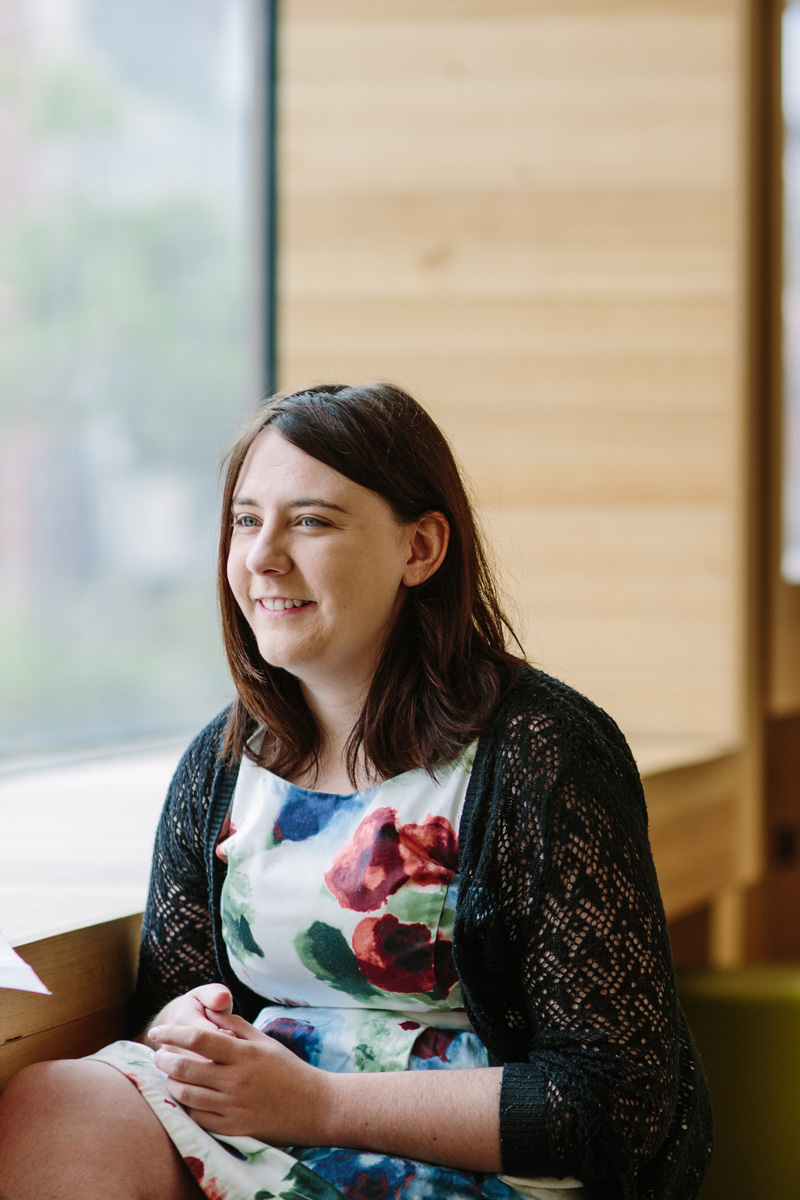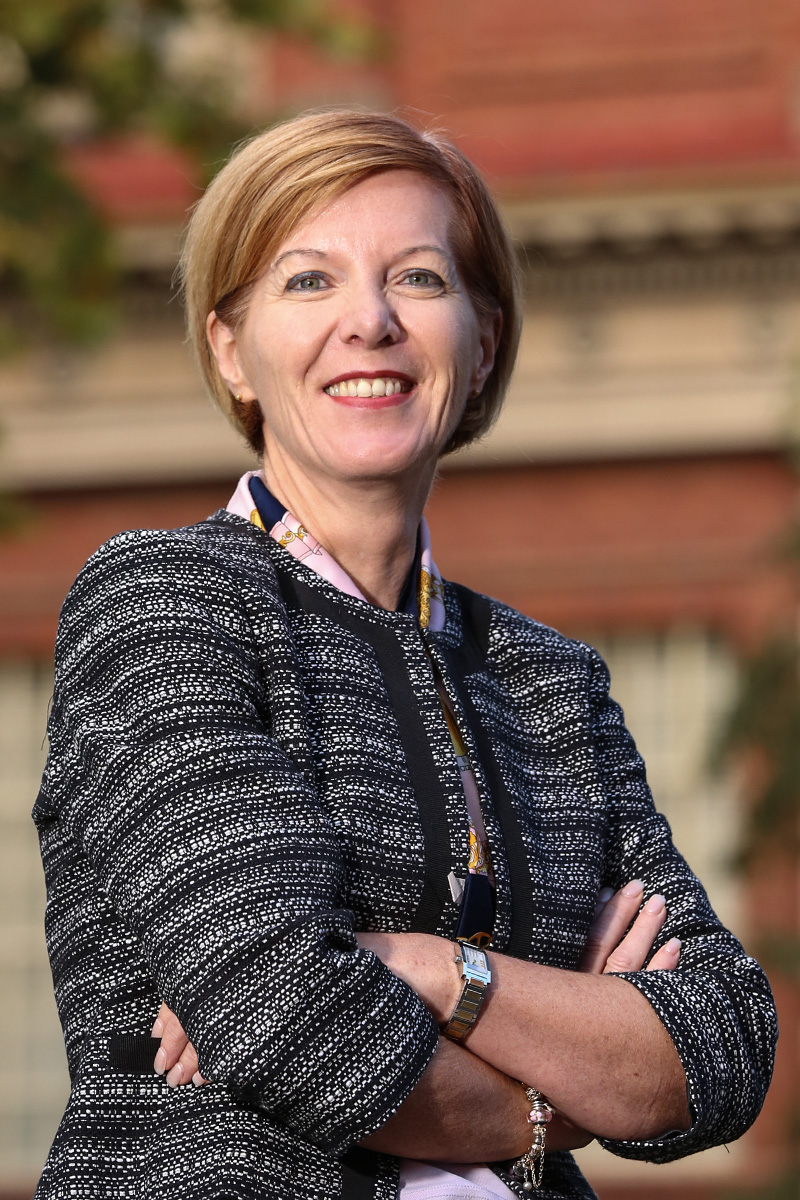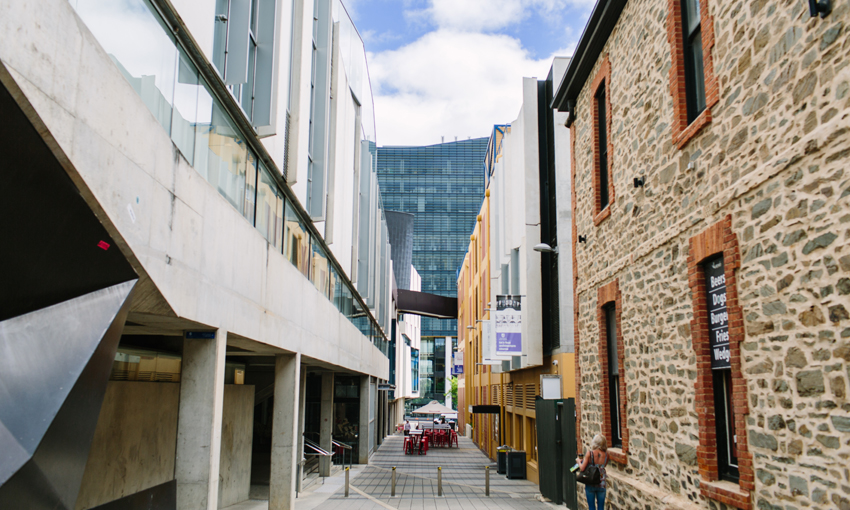In our ongoing series about the future of universities, one issue has been impossible to avoid - the question of how much money universities need, and where that money should come from.
The future of universities: Money, money, money
Across the higher education sector, everyone is in furious agreement about one thing – universities are important for Australia’s future.
CityMag’s long form investigation of the future of Australia’s universities will be published in our Autumn Edition on February 23.
As part of our series on the topic, we also wrote about innovation in universities.
And, everyone is in furious disagreement about another thing – how we should pay for them.
The Federal Government is concerned about what it perceives as an ever-increasing amount of public money spent on the sector.
Recent policy paper Driving Innovation, Fairness and Excellence in Australian Higher Education expressed concerns that funding for Commonwealth-supported places in tertiary education had grown by 59 per cent since 2009, while GDP had only grown by 29 per cent in the same timeframe.
Students, however, are worried that their private contributions via fees are increasingly being used to prop up the whole sector – even elements like research from which they see only indirect personal benefit.

Kayla Dickeson
“I think that at the moment universities are chronically underfunded by the Government,” says Kayla Dickeson – President of the University of South Australia Student Association and an international studies and journalism student.
“We saw in the 2016/17 budget, I think it was $36 billion dollars spent on things like defence, and then universities got $2 billion dollars out of their education budget. I think that’s one of the main issues.
“I just think that the Government isn’t prioritising education and they’re not prioritising healthcare or welfare. Those are issues that affect students as well, things like the current Centrelink pay delays that are going on.”
Kayla says she can see the results of the level of funding daily in her life as a student.
“Nationally where we’re sitting at with our education and the funding for education… we’re sowing the seeds for things like a move towards online learning and casualisation of the workforce,” she says.
University managers disagree with some of what students have to say. Pascale Quester – the deputy vice chancellor (academic) at the University of Adelaide – says a move towards online learning is actually a result of student preference for that mode of delivery.
But she does say universities are under increasing funding pressure.

Pascale Quester – this photo supplied
“I suppose there are increasing constraints and a lot of them are financial,” says Pascale. “Whereas universities in the past could expect to be funded to pursue those endeavours [the creation and distribution of knowledge] without straight accountability, there is a need to be run more like a business even though we’re not a business.”
“So as a result we have this strange business model where universities have to find the funding somehow, and that’s sometimes through the fee revenues that we get through international and domestic students.”
Regardless of who you’re listening to – the current model is not working in one way or another, and the system is in need of a cash injection.
But with Government reluctant to provide it, and the use of revenue from students coming with its own complications – since if you enrol them you also have to spend money on educating them – it’s hard to know where to turn.
Pascale, who has also worked in the university systems in Europe and the USA, says some lessons can be learned from our international counterparts.
“They have philanthropy money and industry investing in universities and then wanting universities to deliver results for them,” she says. “We need to have that co-investment so we can actually get better results both for society and for industry.”
The problem, of course, with the industry-led approach to funding is a potential for commercial interests to taint the academic pursuit of knowledge.
“The big difference between here and, I suppose the French system… where either the state invests or the private companies invest, is that there are sort of giant walls that protect the researchers from the methods used to get the money,” says Pascale.
“In the Australian system we’re not really used to how to navigate this.”

Dr Gwilym Croucher. This photo: Paul Burston
That division between funding source and research direction could be something we develop over time, and that funding stream would need to be developed over time too – as educating industry on the value proposition of investing in universities wouldn’t happen instantaneously.
Dr Gwilym Croucher -a higher education researcher, analyst and policy adviser at the University of Melbourne – says outreach could also be key to creating new avenues for public funding.
“We might at times find American football a bit mystifying in Australia, but what it really does is it embeds US universities and colleges in their communities in a way that perhaps Australian universities don’t share,” he says.
“We need to think about how universities and other institutions engage their communities… it’s about making them more community spaces and recognising that these are public institutions and that they have a lot of different roles.
“This is a way for universities and their students and staff to build their support base. And also build their political constituency.
“The reality is that universities have to compete with healthcare and childcare and the welfare system, as well as other things like health and job and defence and industry policy, so they really need to not only demonstrate their worth but they need to have a pretty good political constituency so that politicians are responsive to that.”
Unsurprisingly, there’s no silver bullet to getting the money universities need to do what they do properly. But at least there’s some glimmers of hope on the horizon.




